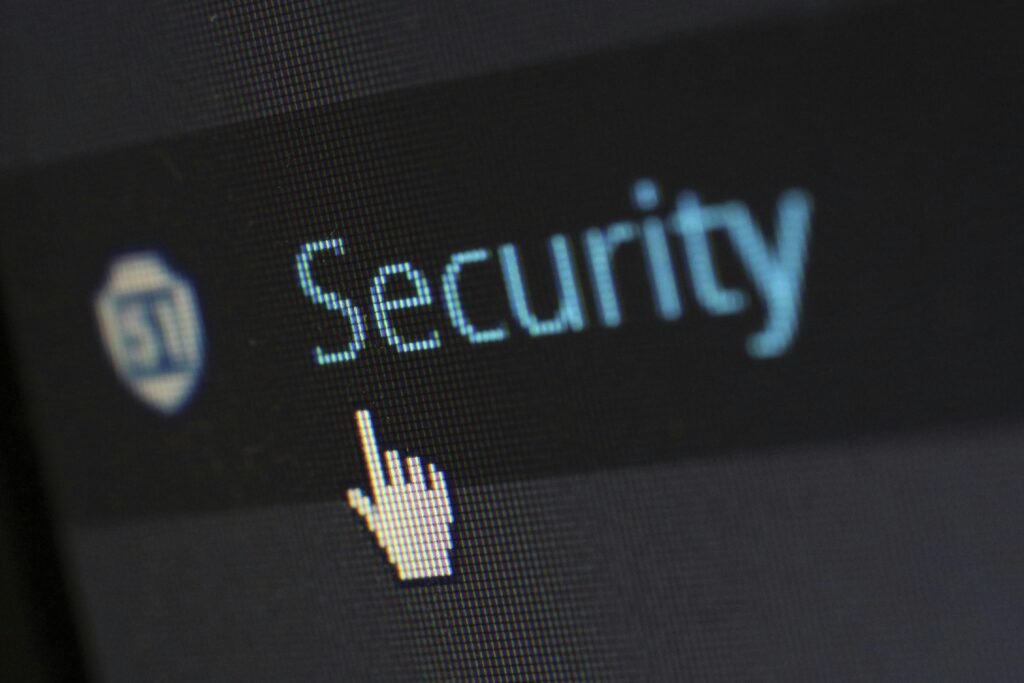Digital identity theft is when someone pretends to be you online. They steal your details: your name, phone number, passwords, bank info, or even your email address. Then they use that to open accounts, make payments, or worse, drain you out slowly, without you even noticing. Many do not even realize their ID has been stolen until it is too late. It does not always start big. A leaked phone number here. A reused password there. A small payment failed. But it builds up. One wrong move, and your entire online presence could be in someone else’s hands. Moreover, the worst part is that you do not even know that you are more exposed in this digital world than you think.
This is not a maybe. This is not rare. It is already happening.

The answer is simple. We’ve moved online. All of us. Our money, work, social life, even our identities. That makes things easier for us. But it also makes it easier for the wrong people.
Every app we download, every form we fill out, every public Wi-Fi we connect to, we leave pieces of ourselves behind. Data is stored. Often, it is shared. Sometimes, it’s sold. And if it lands in the wrong hands, the damage begins. Scammers no longer need to break into banks. They just need to break into your inbox.
Worse, big companies are getting hacked, too. Millions of names, emails, and addresses were leaked in a blink. You could be part of that leak and not even know it. Until one day, your account is locked. Or your money has gone. Or a loan has been taken out in your name.
More than we think. More than we would like to admit.
We trust the internet far too easily. We use the same passwords. We skip two-step logins because they feel slow. We click ‘Allow’ on app permissions without reading. We save card details for faster checkouts. We share our birthdays and city on social media like it is no big deal.
But it is a big deal.
These small actions form your digital fingerprint. And if someone gets hold of just a few of these details, they can piece together the rest. You do not even need to be famous or rich to be targeted. Anyone is fair game. Even children’s data is being stolen. Their identity stays untouched for years, until they grow up and try to apply for something, only to find out their name is already ruined.
And let us not forget phones. We keep everything in them. Banking apps, saved passwords, ID proofs, and photos. One weak lock screen, one wrong download, and you have handed over your life.
Start by not brushing it off. The biggest mistake is thinking, “It won’t happen to me.” It can. It might already be in motion. Make strong passwords. Not your pet’s name. Not your birth year. Mix it up. And do not use the same one for every app. Use a password manager if you forget things easily. Turn on two-factor authentication. Yes, it adds an extra step. But it also adds an extra wall between you and a hacker.
Think twice before clicking any link in random emails or messages. Check the sender. Better safe than sorry. Use secure networks when handling money or personal data. Avoid public Wi-Fi for banking or work logins. If you have to use it, don’t stay logged in too long. Update your apps and devices. Not just for features, but for security fixes. Every delay leaves a door open.
And finally, keep an eye on your accounts. If something feels off, don’t ignore it. Act on it. Freeze it. Report it.
Digital identity theft does not always knock. Sometimes, it slips in quietly. Sometimes, it walks in because we left the door wide open. We can not control every data breach. We can not stop every scammer. But we can control how careless or careful we are with our own information.
It is not about being paranoid. It is about being aware. It is about being prepared. Because in this digital age, staying safe is not automatic; it is a daily choice.